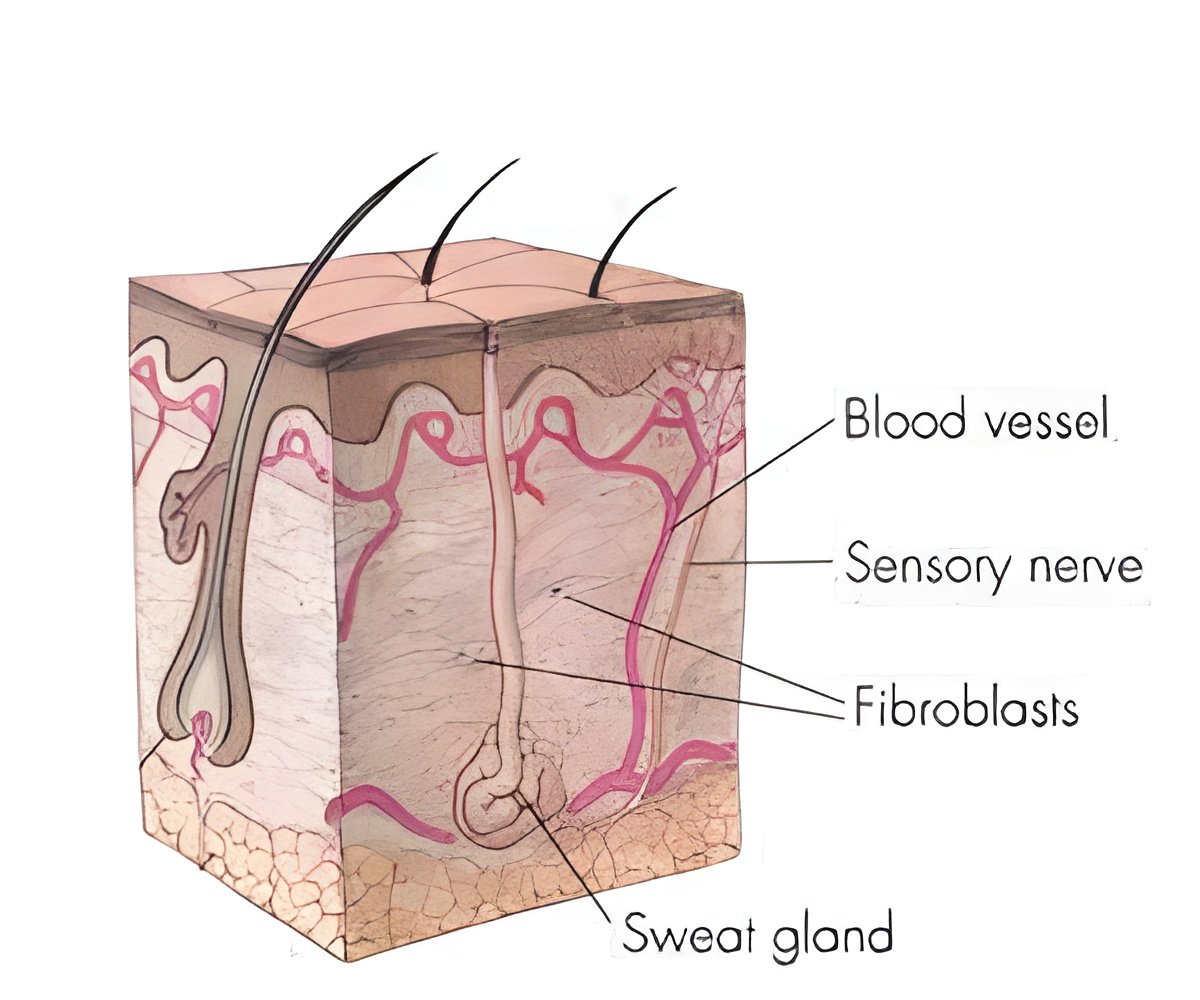
Associate professor Kim Jensen' group from BRIC have, through mapping of stem cell's behaviour in the skin, found out that the skin uses a unique method to renew itself.
She said that until now, the belief was that the skin's stem cells were organized in a strict hierarchy with a primitive stem cell type at the top of the hierarchy, and that this cell gave rise to all other cell types of the skin.
Jensen said that however, their results showed that there are differentiated levels of stem cells and that it is their close micro-environment that determines whether they make hair follicles, fat- or sweat glands.
She asserted that their data completes what is already known about the skin and its maintenance.
Jensen explained that researchers have until now tried to fit their results into the old model for skin maintenance.
Advertisement
For their endeavour, Kim Jensen's research group has used a unique method based on new technology, to understand how the skin is maintained.
Advertisement
She asserted that the stain is inherited by the daughter cells, so that we can trace their origin and make a family tree.
Jensen said that the fine details of the family tree can be used to infer the stem cell's role in normal maintenance of the skin, as well as in wound healing.
An important function of stem cells is to repair damaged tissue. Here, the results from the Jensen groups show that the different stem cell populations collaborate across their normal functions, to repair the skin as fast as possible.
However, this can also cause harm, as these changes can "wake up" genes in the stem cells and give rise to cancer. The new results consequently also contribute with new knowledge on the origin of skin cancer.
The results have just been published in the recognized journal Cell Stem Cell.
Source-ANI















